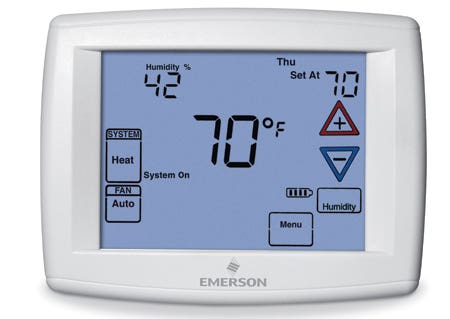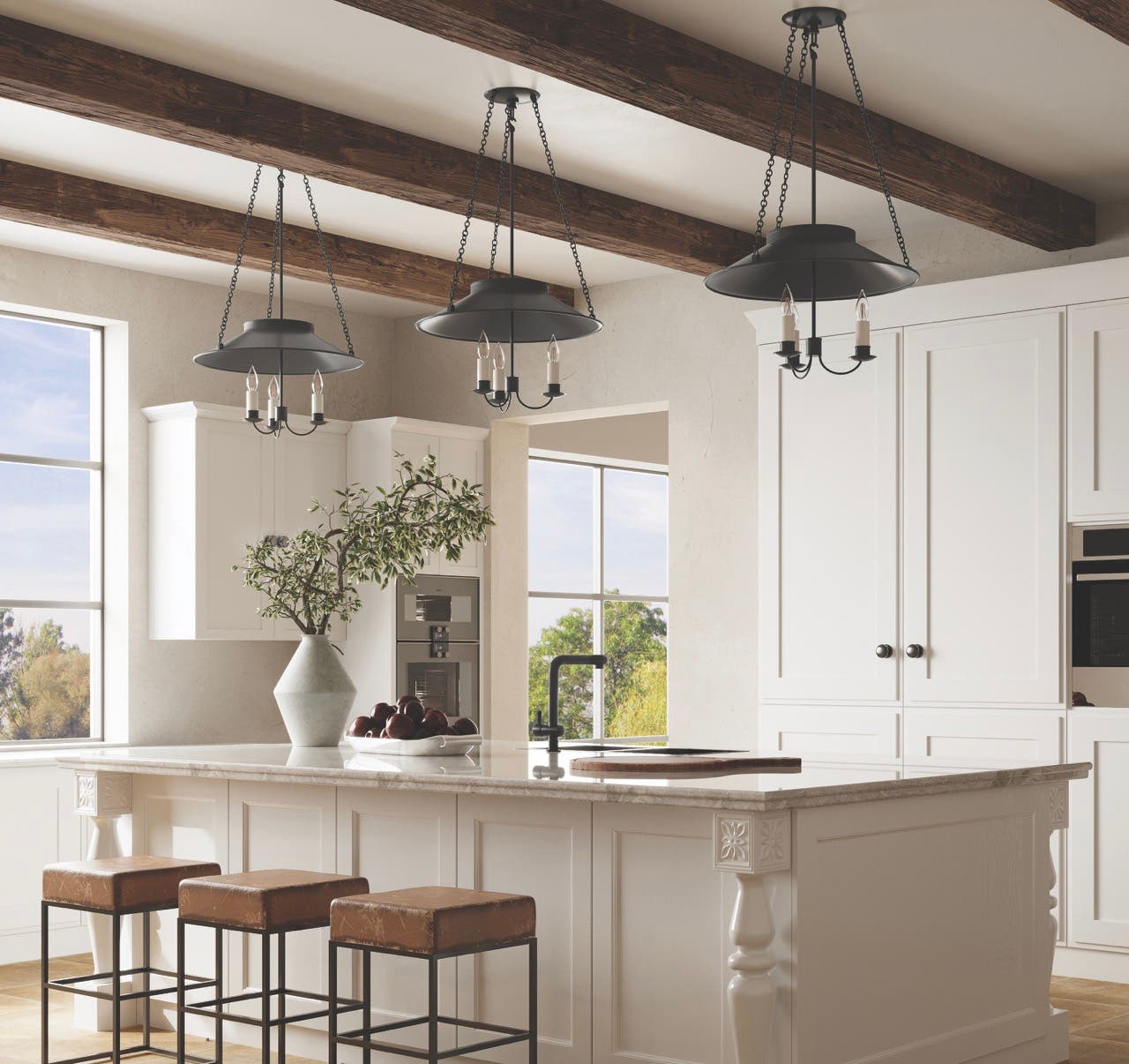
Product Reports
Simple Solutions for Energy Conservation in Historic Buildings
Energy conservation in historic buildings can be tricky.
While conservation has been called the low-hanging fruit by many who are concerned about the environment, the firm of Walter Sedovic Architects (WSA) of Irvington, NY, has taken the concept to a new level. Principals Walter Sedovic and Jill Gotthelf understand that historic buildings are inherently energy efficient, and that with careful preservation and the use of simple controls, they can become even more so. "We are not talking about anything new," says Walter Sedovic, FAIA, LEED AP, founding principal. "Historic buildings have always been good energy performers."



The firm recently saved Christ Church in Bronxville, NY, a substantial amount of money by applying basic principles of preservation and conservation, then installing new control equipment. "The church re-evaluated its planned installation of all new mechanical equipment in light of the financial crisis," says Jill H. Gotthelf, AIA, FAPT, principal. "They came to us to develop an alternative approach that would satisfy their original objectives regarding comfort and efficiency while being mindful of budgetary constraints.
"We didn't say 'you can't have AC,' we just said 'let's evaluate and tune up your existing systems first,'" she adds. "After that work was completed, the church realized that the need for AC wasn't as critical; they put it on the back burner." "We said 'let's see how the building works once the original passive systems – which hadn't been fully functional for over 40 years – are restored and operating as intended.' It was designed and built before AC existed," Sedovic notes.
WSA's process began with a program of testing and analysis of the physical systems, ambient conditions areas of longstanding deficiencies. This was followed by restoration of the building envelope and infrastructure. The original steam heating system was repaired so that it no longer needed 500 gallons of makeup water a day. "It took a full-time person to keep adding water to it," says Sedovic. "We uncovered all of the controls and re-connected them and made some refinements, so the steam system works like it is supposed to," says Gotthelf. "This was a far less expensive approach than installing a new system and it provides greater energy efficiency and reduction of maintenance costs."
Using thermography to locate leaks in the building, WSA found that most of the leaks were relatively simple to repair, without loss of historic fabric. Exterior envelope restoration included injection grouting stone walls to restore the walls' thermal capacity. "We also restored the roof and site drainage," says Gotthelf. "This improves the energy efficiency of the building because damp walls lose their ability to insulate." To fine-tune the energy operations of the church, WSA added controls. "Controls today are much better than they were even 20 years ago," Sedovic says, "and they are more adaptable to control humidity, not just temperature." There are thermostatic controls that allow users of radiant heating systems to control the temperature of each radiator individually within a room, instead of providing one temperature for the entire building. And, Sedovic adds, many are available for about $200, installed. "It's a simple solution that allows historic buildings to be even more energy efficient."
One of the controls that WSA frequently uses is the ATVA thermostatic valve from Danfoss. "This allows each room in the building to set its own temperature," Gotthelf notes. "It conserves energy and adjusts for comfort."
"Another one of our favorite systems uses dessicants, that same material that comes packaged with your electronic equipment to absorb moisture," says Sedovic. "One of the largest integrated systems we have used is from Liebert. It is designed for computer applications for buildings such as libraries and museums. Dessicant wheels and other compact versions are adaptable to a variety of system sizes and types."
An intriguing newcomer is the Nest Learning Thermostat. It automatically "learns" occupants' habits and adjusts accordingly. The literature notes: "Just treat Nest like a regular thermostat – turn it up when you're cold, down when you're hot. Nest learns what temperatures you like in about a week and creates a custom schedule." The device also senses when the building is not occupied and automatically adjusts.
Gotthelf and Sedovic note that controls are also available for other elements such as CO2, humidity and lighting. "Humidity is a key component of comfort," says Gotthelf. "Historic materials control and maintain humidity, and they can become even more efficient when appropriate controls are added." WSA has also used the H8808B Humidistat and H8808C Dehumidistat from Honeywell, as well as the Big Blue Humidity 4/2 from White Rodgers/Emerson.
"We have found that there is little published information available on the ability to add controls to the original systems," says Gotthelf. "This leads to undue replacement and modifications of whole systems. Our goal is to refine rather than refit. We look at what is already in place that works, that is valuable, and see if we can get it to work properly."
"We love modern and traditional architecture, but never seek to make one the other," Sedovic notes. "While traditional buildings tend to be naturally well-tuned to the environment, they are readily enhanced by the introduction of thoughtfully selected new technologies. When we look at buildings holistically, we find that old instructs new as new enhances old. It's a symbiotic relationship that results in historic buildings that are stellar energy performers."








